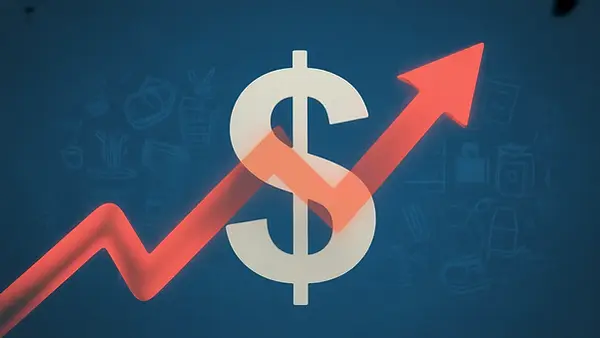US Inflation Rises to 29 Percent in August 2025 as Core CPI Stays at 31 Percent

12 September 2025
U.S. Inflation Data : A Closer Look
The Consumer Price Index (CPI) rose 2.9% year-on-year in August, up from 2.7% in July, reflecting a renewed acceleration in headline inflation. Core CPI, which strips out food and energy, stayed firm at 3.1% YoY, showing that underlying inflationary pressures remain persistent.
On a month-on-month basis, CPI climbed 0.4%, faster than July’s pace, with housing, food, airfare, and used cars driving much of the increase. Analysts note that tariff-related cost pass-through is starting to show as businesses exhaust older inventories and replace them with higher-cost imports.
Federal Reserve’s Policy Dilemma
The data presents a tough balancing act for the Federal Reserve. Inflation has cooled significantly from its 2022 highs but remains above the Fed’s 2% target. The stickiness in core inflation means the central bank cannot pivot too aggressively toward rate cuts.
Rate cut expectations : Markets are divided, with some anticipating a 25 bps cut at the next Fed meeting to support growth, while others expect a pause to avoid reigniting price pressures.
Tariff impact : New import costs are complicating the Fed’s job, embedding more structural inflation into the economy.
Market Reaction
Equities : Consumer discretionary and retail stocks dipped on fears of weaker household spending, while energy and commodity-linked shares gained on inflation-hedging flows.
Bonds : U.S. Treasury yields ticked higher as investors priced in the likelihood of inflation staying elevated longer.
Currency : The U.S. dollar held steady, supported by the prospect of prolonged tight monetary policy.
Broader Economic Implications
For households, the cost of living continues to rise, with food and housing pressures squeezing disposable incomes. Businesses, meanwhile, face thinner margins as the cushion of lower-cost inventories fades. They now must choose between passing higher costs onto consumers or absorbing profit hits.
The August data underscores how tariffs, supply-chain constraints, and service-sector stickiness are adding structural inflationary momentum—making it harder for policymakers to achieve a smooth disinflation path.
Final Word
The August inflation report signals that while headline CPI is not alarmingly high, the persistence of core inflation at 3.1% and tariff-driven cost pressures limit the Fed’s flexibility. Markets will now closely track incoming economic data especially labor market signals to gauge whether inflation continues to run hot or finally shows signs of easing later in 2025.
_edited.png)